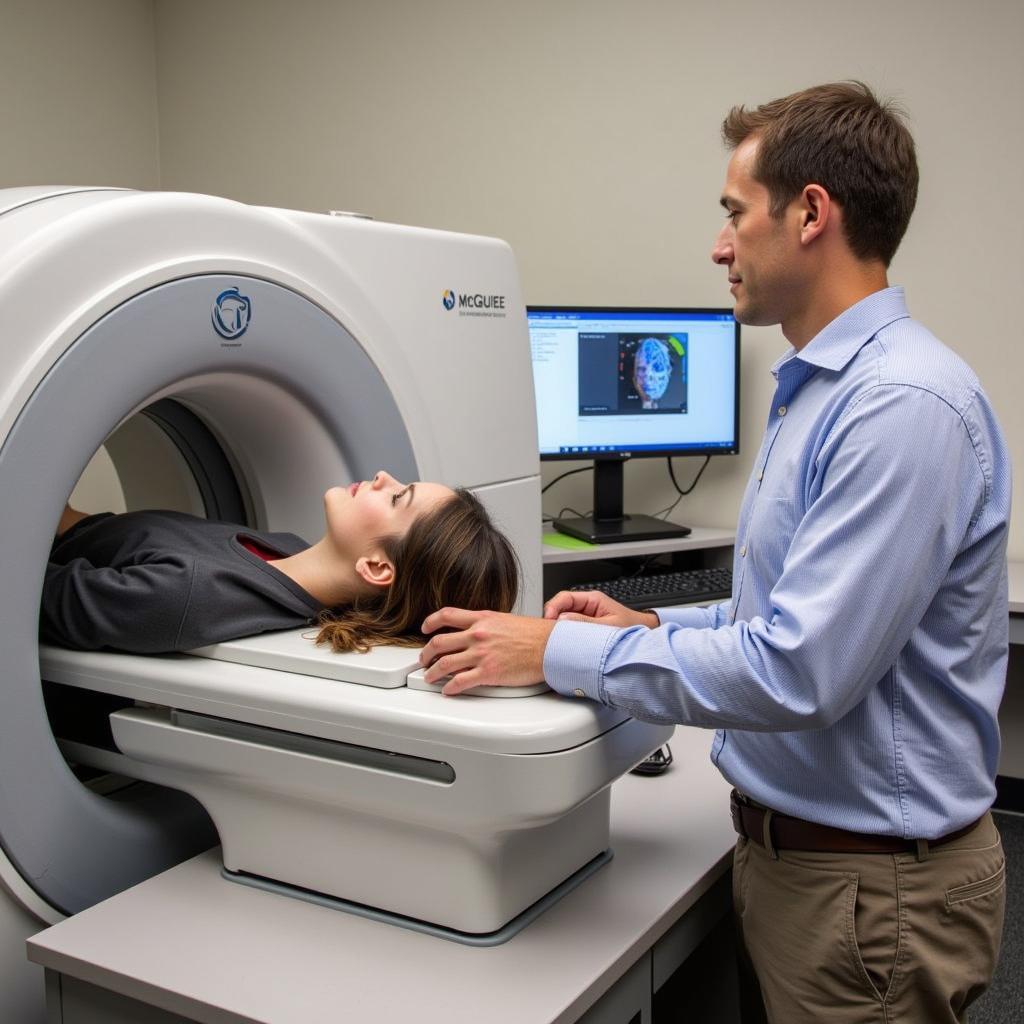The Mcguire Translational Research Facility has garnered a reputation as a hub for groundbreaking scientific exploration, particularly in the realm of consciousness studies and parapsychological phenomena. While shrouded in an air of secrecy, the facility has become a focal point for paranormal enthusiasts and skeptics alike. This article delves into the depths of the McGuire Translational Research Facility, exploring its history, research endeavors, and the controversies surrounding its existence.
The origins of the McGuire Translational Research Facility can be traced back to the early 20th century, with its roots in a private organization dedicated to the exploration of psychic abilities. Over the decades, the organization evolved, attracting brilliant minds from various scientific disciplines, including psychology, physics, and neuroscience. With a focus on empirical data and rigorous methodologies, the facility has sought to bridge the gap between conventional science and the enigmatic world of the paranormal.
Delving into the Research at McGuire
At the heart of the McGuire Translational Research Facility lies a commitment to unraveling the complexities of human consciousness and its potential for exceeding the boundaries of known science. Researchers at the facility have undertaken a wide range of studies, including:
-
Telepathy and remote viewing: Investigating the possibility of mind-to-mind communication and the ability to perceive distant locations or events.
-
Psychokinesis: Exploring the potential for individuals to influence physical objects or systems with their minds.
-
Near-death experiences: Studying the physiological and psychological aspects of near-death experiences, aiming to understand the nature of consciousness during these profound events.
-
Reincarnation and past life regression: Examining claims of past lives and the possibility of consciousness surviving bodily death.
 A high-tech laboratory interior featuring advanced monitoring equipment, brainwave scanners, and an electromagnetically shielded chamber.
A high-tech laboratory interior featuring advanced monitoring equipment, brainwave scanners, and an electromagnetically shielded chamber.
The facility’s multidisciplinary approach has led to the publication of numerous peer-reviewed articles in scientific journals. However, despite the rigor applied to their research, the findings from the McGuire Translational Research Facility often spark debate and controversy within the scientific community.
Addressing the Skepticism and Controversies
It’s important to acknowledge that the research conducted at the McGuire Translational Research Facility operates within a field often met with skepticism. Critics argue that many of the phenomena studied lack consistent, replicable results, and that explanations for alleged paranormal events can be found within the realm of conventional science.
Proponents of the facility’s work, however, emphasize the importance of open-mindedness and the need to explore unconventional ideas with rigorous scientific methods. They maintain that even if a small percentage of the research yields positive results, it could have profound implications for our understanding of consciousness, reality, and the universe itself.
 Diverse team of scientists and researchers engaged in a collaborative discussion, reviewing data and brainstorming theories.
Diverse team of scientists and researchers engaged in a collaborative discussion, reviewing data and brainstorming theories.
“We are at the forefront of a new scientific frontier,” says Dr. Emily Carter, a leading researcher at the facility. “Our goal is not to convince skeptics but to conduct rigorous research that can shed light on some of the most fundamental questions about human existence.”
The Future of Paranormal Research
The McGuire Translational Research Facility continues to push the boundaries of scientific inquiry, challenging conventional thinking and exploring the frontiers of human potential. Whether their findings ultimately confirm or refute the existence of paranormal phenomena, the research conducted at this enigmatic facility is certain to fuel debate and inspire further exploration into the mysteries of the unknown.